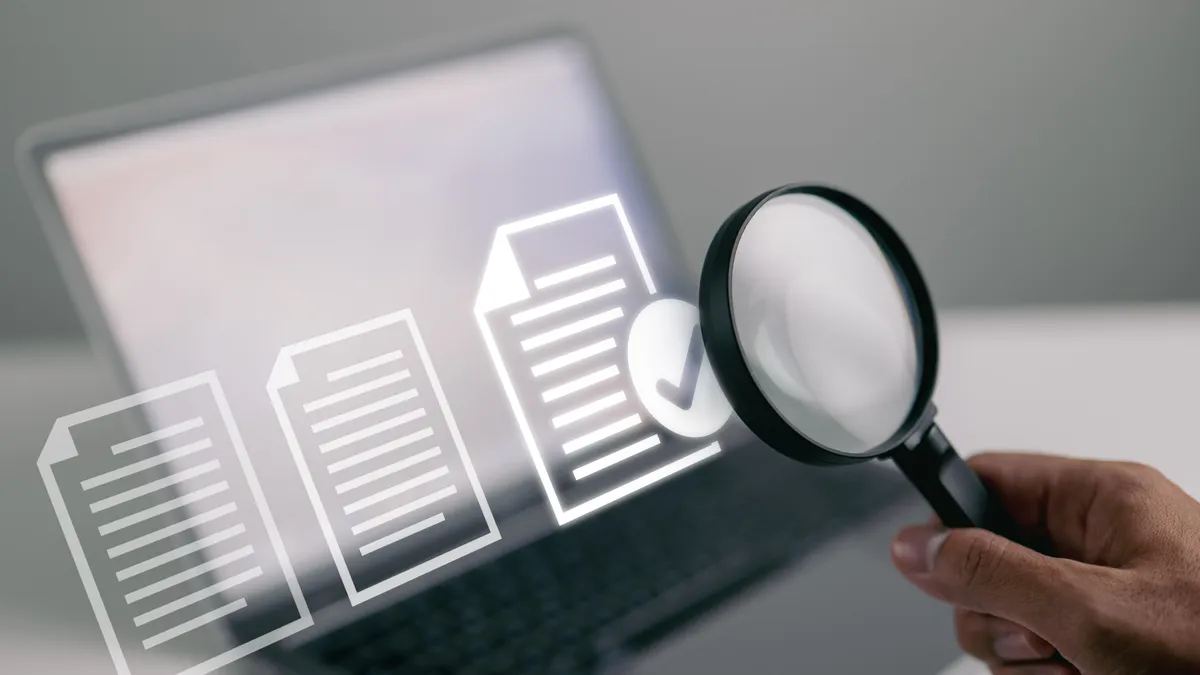Wendy King is a senior managing director at FTI Consulting. Views are the author’s own.
The legal industry is grappling with a new wave of fear, uncertainty and doubt about how the impending reality of artificial intelligence and emerging data sources will impact disputes and investigations practices.
In recent months, a lawyer was caught citing fake cases in a court brief, information he said was provided and verified while using ChatGPT to conduct legal research for his client’s dispute.
A refrain of alarm bells sounded around the world, with lawyers and pundits calling the incident likely the first of what will become many similar mishaps as advanced technologies become more prevalent in day-to-day practice.
Indeed, so much is changing. For the better part of this year, generative AI has persisted as the most talked-about disruption the industry has seen.

Lawyers and service providers are clamoring to experiment with the technology and leverage it for e-discovery, legal research, contract review and more.
There is an equal mix of excitement, bold innovation and skepticism about the extent to which these advancements will be usable or beneficial in the legal ecosystem.
Meanwhile, emerging data sources continue to create friction in litigation, regulatory inquiries and internal investigations.
Earlier this year, a district court issued default judgment against a defendant for “repeated discovery lapses and misrepresentations associated with the failure to produce responsive Slack communications.”
In a separate case involving the Federal Trade Commission, court filings earlier this year encapsulated the FTC’s position on emerging data sources and collaboration tools, stating, “In some cases, Slack messages have been found to contain the 'smoking gun' regarding liability."
Anecdotally, more than one-third of data now managed for legal and regulatory purposes falls within the emerging data category, up nearly 20% from the previous year.
And while in 2019 only roughly 10% of regulatory investigations included emerging data sources, today every case includes at least one (often more) type of unconventional data source or unprecedented data challenge.
Disruption at this scale — from both the perspective of generative AI capabilities and emerging data sources issues — naturally leads to a surge of uncertainty as well as hype.
It’s easy to become caught up in feeling a sense of urgency that when the environment is changing drastically, so too must the ways of dealing with it. While that is true to some extent, there are also many foundational principles that are not likely to change.
For example, in the case involving fake citations from ChatGPT, proceedings have revealed that there were a number of problems with the legal team’s approach — including lack of expertise and knowledge with that type of litigation — which had little or nothing to do with the technology used to prepare the filings.
No matter how technologies evolve, certain best practices and requirements will and must remain in place as part of legal and e-discovery processes.
These first principles for e-discovery and investigations, which legal teams should rely upon to ground their approaches in the face of rapid and ongoing change, include:
1. Timeliness
The common requirement to initiate an investigation or conduct document review quickly, under tight discovery timelines, is likely never going away.
Even as data becomes more complex and difficult to handle in these matters, courts and regulators will continue to expect organizations to fulfill their discovery and document production obligations on time.
Legal teams can deal with this in two ways. First is by maintaining established, repeatable processes that can be kickstarted without undue delay.
Not unlike a crisis response plan, a standardized e-discovery process supports teams in knowing the first essential steps they must take at the outset of a matter to begin work quickly and efficiently.
Additionally, counsel should have access to team members or advisors who deeply understand the implications that emerging data sources and other technology-related issues may bring to a case. These experts can help guide discovery negotiations and set realistic timing agreements.
2. Proportionality
The parameters for what is considered proportionate in e-discovery are well defined in the U.S., and legal teams should be prepared to frame proportionality discussions in the context of the volume and variety of emerging data sources in scope in a matter.
By understanding how proportionality around emerging data sources has been addressed in recent case law, legal teams can form stronger arguments for what is and isn’t justifiable as part of discovery.
Notably, any claims that a certain data source is disproportionate must be able to stand up to scrutiny by a judge or opposing party. Further, in regulatory investigations, it will be much more difficult to negotiate a narrower scope.
For these reasons, the safest approach — again to return to fundamental best practices — is to implement information governance policies that support defensible data disposal so that the organization’s data footprint is both understood and under control.
3. Quality control
Accuracy and authentication of evidence are unmoving pillars of the disputes and investigations landscape.
Numerous cases over the past year have shown that judges and regulators will not accept naiveté (whether feigned or genuine) as a viable explanation for insufficient production of electronic evidence.
Legal teams will continue to be expected to uphold a high standard of quality control over their processes and document review.
Even as new data types come into play and disputes begin to swirl around novel developments like generative AI and the metaverse, expectations that discovery results are accurate and that new forms of evidence are verified as real and reliable will persist.
4. Defensibility of process
Every decision made throughout each phase of an e-discovery exercise must be justifiable, explainable and aligned to rules of procedure.
Thus, legal teams should only leverage technology that has been tested, proven and generally accepted by the industry and courts.
Preservation and collection, especially when emerging data sources are involved, should be overseen by digital forensics experts capable of ensuring completeness and chain of custody in the collection.
Likewise, when cutting-edge tools or workflows are being used, that work should be led and overseen by experienced practitioners who know what pitfalls to watch for, and can explain to a regulator, judge or opposing counsel exactly why they took the approach they did and how they arrived at the results being produced.
Concluding thoughts
There’s no question that the legal field is experiencing disruption and struggling to keep up with the rate of change.
However, in the race to evolve, legal teams must not lose sight of the fundamentals that are likely to remain important for years to come.
As organizations and their legal teams feel and brace for the impacts of technological advancement, they must continue to rely upon proven best practices.
Doing so will help mitigate the risk of violations or court sanctions and strengthen resilience for whatever is to come in the next hype cycle.


















